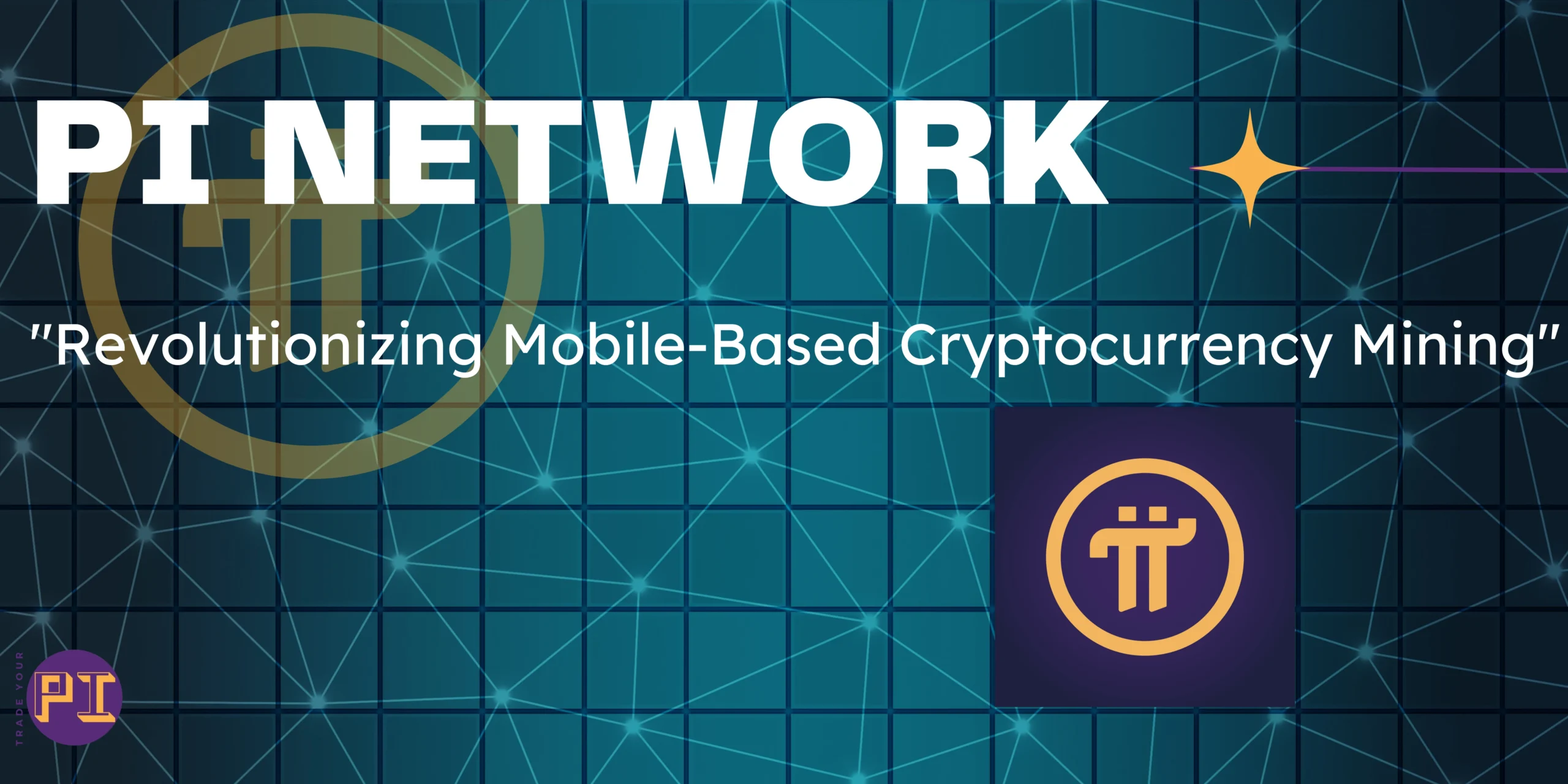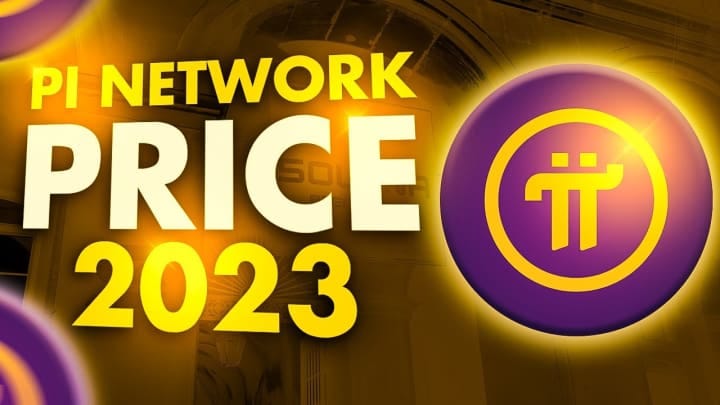Why Pi Network Needs Stronger Decentralization To Succeed

Executive Summary

Pi Network, a cryptocurrency project aiming for mass adoption, faces a crucial challenge: achieving true decentralization. While boasting millions of users, its current structure leans heavily on a centralized core team, potentially undermining its long-term viability and trustworthiness. This article explores the critical need for Pi Network to bolster its decentralized infrastructure, examining key areas where improvements are urgently required to ensure its future success and avoid the pitfalls of many other centralized crypto projects. We’ll delve into specific aspects of decentralization, outlining concrete steps Pi Network can take to solidify its position as a genuinely decentralized and trustworthy cryptocurrency.
Introduction
Pi Network’s ambitious goal is to bring cryptocurrency to the masses. However, its current model, while innovative in its approach to mining, relies significantly on a centralized team. This centralization presents significant risks, potentially jeopardizing the network’s security, resilience, and overall credibility. True decentralization is not just a desirable feature; it’s a fundamental requirement for a robust and sustainable cryptocurrency. This article will analyze the critical weaknesses in Pi Network’s current decentralized structure and propose actionable solutions to solidify its foundation and ensure its long-term success.
Frequently Asked Questions
- Q: What is decentralization in the context of cryptocurrency?
A: Decentralization means distributing power and control across a network, preventing any single entity from dominating or controlling the system. In a truly decentralized cryptocurrency, no single person, company, or group can manipulate the blockchain or dictate its rules.
- Q: Why is decentralization important for Pi Network?
A: Decentralization safeguards Pi Network from single points of failure, censorship, and manipulation. A truly decentralized network is more resistant to attacks, more resilient to changes in the cryptocurrency landscape, and more trustworthy to its users.
- Q: What are the potential consequences if Pi Network fails to achieve stronger decentralization?
A: Failure to decentralize could lead to loss of user trust, susceptibility to hacks, manipulation of the Pi cryptocurrency’s value, and ultimately, the project’s failure. It might also lead to regulatory challenges and difficulty in gaining wider adoption.
Core Technology and Infrastructure
Pi Network’s core technology needs significant improvement to truly reflect a decentralized system. The current mining process, while accessible, relies heavily on the core team’s servers. A more robust, decentralized consensus mechanism is crucial.
- Enhanced Consensus Mechanism: Shifting away from the current, arguably centralized system towards a proven, decentralized consensus mechanism like Proof-of-Stake (PoS) or a hybrid model is paramount. PoS offers greater energy efficiency and scalability.
- Distributed Ledger Technology (DLT): The current implementation of the blockchain should be rigorously audited and potentially upgraded to a more robust and transparent DLT. This ensures greater security and immutability.
- Node Distribution: A greater emphasis on distributed node operation is needed. Incentivizing the creation and maintenance of nodes worldwide, offering rewards and responsibilities to node operators, will fortify the network’s resilience.
- Open-Source Transparency: Complete open-sourcing of the core codebase is essential. This promotes transparency, allowing independent audits and community contributions, boosting trust and security.
- Security Audits: Regular, independent security audits should be conducted and publicly shared to ensure the network’s vulnerabilities are identified and addressed proactively.
- Improved Scalability: The network needs to be optimized for increased transaction throughput and reduced latency. This is critical for mass adoption.
Governance and Community Participation
Decentralization necessitates a transparent and participatory governance model. Pi Network’s current governance structure appears somewhat centralized, needing significant reform.
- Decentralized Autonomous Organization (DAO): Transitioning to a DAO would distribute governance power among the community, giving token holders a direct voice in decision-making processes.
- Community-Driven Development: Encouraging and facilitating community contributions to the project’s codebase, roadmap, and decision-making is key to fostering a truly decentralized ecosystem.
- Transparent Decision-Making: All major decisions should be made publicly and transparently, with clear documentation and rationale shared with the community.
- Regular Community Forums and Feedback Mechanisms: Establishing robust channels for community feedback and engagement is vital to ensuring the project reflects the needs and desires of its users.
- Clear Communication Strategy: Open and honest communication about the project’s progress, challenges, and future plans is essential to maintaining user trust and engagement.
- Conflict Resolution Mechanisms: Establishing fair and transparent mechanisms for resolving disputes and addressing disagreements within the community is crucial for maintaining harmony and stability.
Ecosystem Development and Adoption
A thriving ecosystem is crucial for a successful cryptocurrency. Pi Network needs to foster broader adoption and development to strengthen its decentralized nature.
- Developer Incentives: Attracting developers to build decentralized applications (dApps) on the Pi Network platform is crucial. Offering grants, bounties, and other incentives is a must.
- Wallet Diversification: Users should have access to a variety of wallets, not just the official Pi Network wallet, to promote decentralized control over their assets.
- Interoperability: Enabling seamless interoperability with other blockchains will expand the network’s utility and attractiveness.
- Exchange Listings: Gaining listings on reputable cryptocurrency exchanges is vital for broader adoption and increased liquidity. Choosing reputable exchanges will also help with regulatory compliance.
- Real-World Use Cases: Developing real-world use cases for the Pi cryptocurrency will increase its value and adoption. This could involve partnerships with businesses and organizations.
- Education and Outreach: Educating the public about the benefits and features of Pi Network, especially its decentralized aspects, is essential for broadening its user base.
Security and Resilience
Security is paramount for any cryptocurrency, particularly one aiming for mass adoption. Strengthening security is inherently tied to stronger decentralization.
- Robust Security Protocols: Implementing cutting-edge security protocols to protect against various attacks, including 51% attacks, is non-negotiable.
- Regular Security Audits: Independent security audits should be conducted regularly, with findings publicly disclosed to maintain transparency and foster user trust.
- Bug Bounty Programs: Offering rewards for identifying and reporting security vulnerabilities will help identify and fix issues proactively.
- Disaster Recovery Plan: A comprehensive disaster recovery plan should be in place to ensure the network’s continued operation in the face of unforeseen circumstances.
- Sybil Attack Prevention: Robust mechanisms should be implemented to prevent Sybil attacks, where malicious actors create multiple fake identities to gain undue influence on the network.
- Data Privacy and Compliance: Ensuring compliance with data privacy regulations is crucial, and a strong commitment to protecting user data is essential to building trust.
Conclusion
Pi Network’s success hinges on its ability to overcome its current centralization challenges. While its user base is impressive, a truly decentralized architecture is non-negotiable for long-term viability and credibility. By focusing on enhancing its core technology, promoting community participation, fostering ecosystem development, and prioritizing security, Pi Network can transform itself into a genuinely decentralized and thriving cryptocurrency, realizing its ambitious vision of bringing cryptocurrency to the masses. Failure to address these issues risks undermining user trust and jeopardizing the project’s future. A strong commitment to decentralization is not just a strategic advantage; it’s a fundamental necessity for survival in the competitive cryptocurrency landscape.



